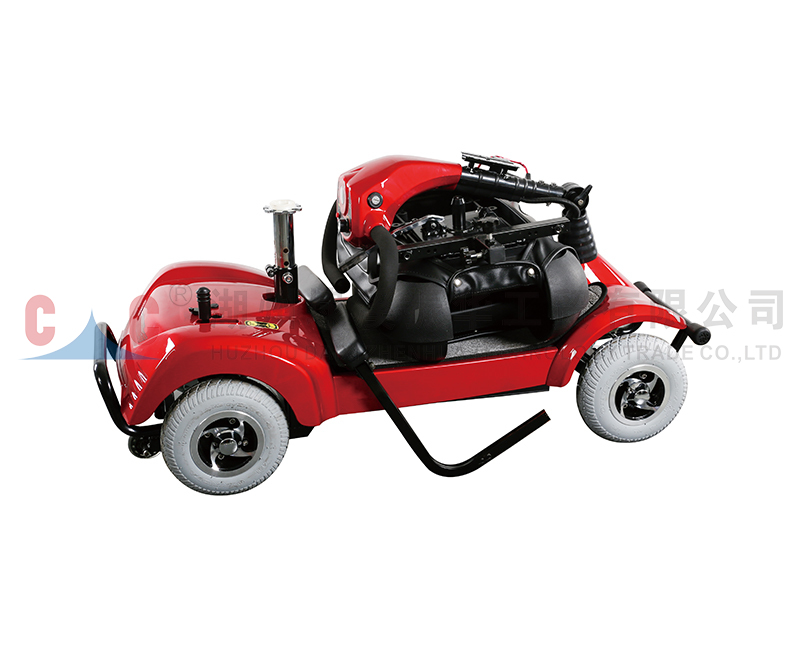Summary:Electric lift truck are a great way to save money, reduce emissions, and stay in compliance with env...
Electric lift truck are a great way to save money, reduce emissions, and stay in compliance with environmental regulations. The forklifts are also safer than their internal combustion counterparts, thanks to regenerative braking systems and intelligent control software that ensure the operator always has full visibility of the load.
As a result of technology evolution, battery-powered forklifts offer high levels of productivity and flexibility to meet a wide variety of applications, both indoors and outdoors. With many state and local programs to help offset the cost of equipment, batteries, chargers and infrastructure upgrades, implementing an electric forklift fleet is a smart business decision that will pay dividends for your operations.
The Electric Lift Truck market is fueled by increasing demand for warehouse and fulfillment center operations. E-commerce companies are pushing for more advanced solutions to streamline loading and unloading activities at distribution centers. Electric lift trucks are an ideal solution for this application because they do not require fuel or oil and do not produce emissions.
Electric forklifts operate with 24, 36 or 48-V lead acid batteries, typically of a maintenance-free type. These batteries allow for a higher lifting capacity in the same footprint and longer cycle times before recharging. Some vehicles are available with integrated lithium-ion power, a breakthrough technology that provides zero emission alternatives in the high-capacity range for both indoor and outdoor operation.
Li-ion batteries are highly energy efficient and maintain performance throughout a shift. By following best practices such as turning off the forklift when not in use, charging overnight and between shifts and leveraging opportunity charging, the battery life can be significantly extended. The forklift battery must be topped off every ten charges, and the water should be checked to ensure it is clean, free of impurities, and at the correct level, as specified in the battery’s manufacturer’s documentation.
Currently, electric forklifts use dc (direct current) power, meaning the motor draws energy from the battery via brushes and a series of switches to perform motive and lifting actions. Some manufacturers are testing ac (alternating current) powered forklifts in chemical applications, which will have the potential to increase productivity and efficiency, while decreasing maintenance costs and downtime due to less frequent changes in polarity.
However, there are still a few obstacles that prevent the widespread adoption of electric lift trucks in the industry. First is the cost, as electric vehicles can cost up to 20% more than IC trucks. Second, some plant operations have long travel distances and steep grades that may be difficult for an electric forklift to navigate. Third, some operators may prefer to remain comfortable using IC trucks because of their perceived power and performance capabilities. For these reasons, a company considering making the switch to electric lift trucks should carefully weigh the pros and cons and talk with their material handling experts.

